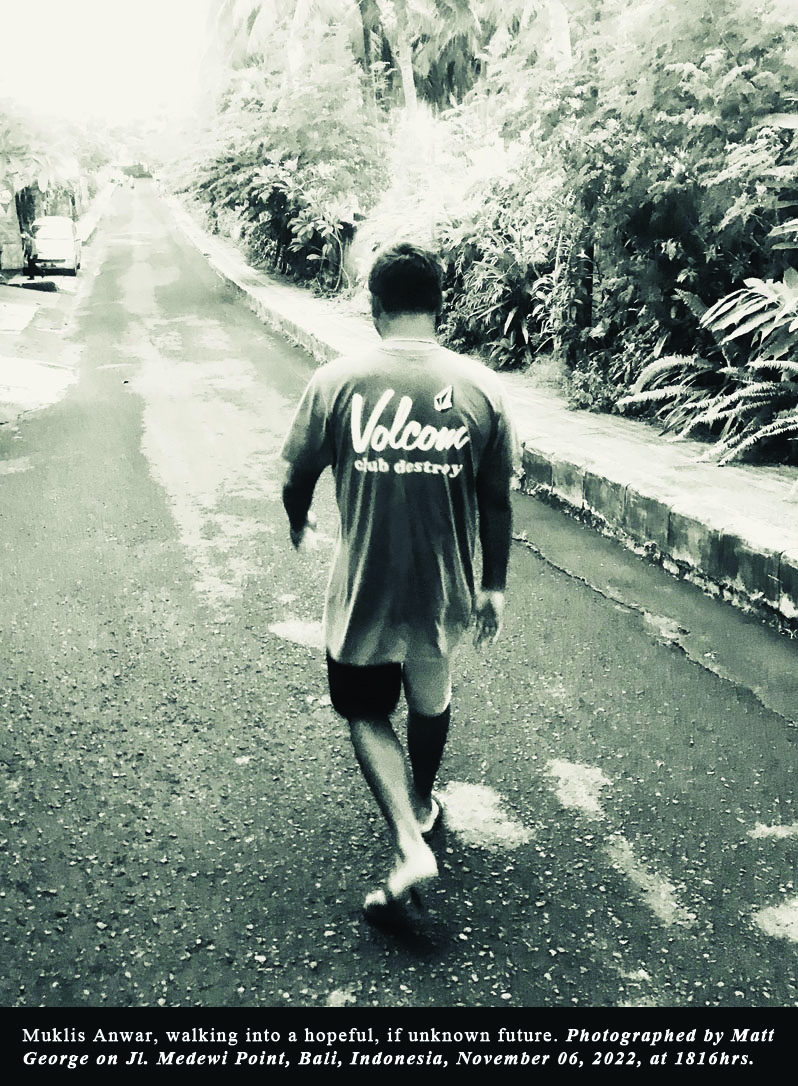TSUNAMI DREAMS: 30 Years After With Robbie Bain And Simon Law

In the early hours of June 3rd 1994, a 7.2 richter scale earthquake occurred deep underwater in the Java Trench. Some 40 minutes later, a powerful tsunami charged its way at approx 300 kilometres an hour towards the Indonesian coast. It hit with extreme force, in the dead of night, while no one was expecting it. At this moment, Rob Bain, Simon law and fellow surfers were at G-Land were fast asleep. What unfolded at G-Land, became a fight for survival and one that has left an impact on all those that were there. This year marked the 30th anniversary of the Grajagan tsunami and a number of the surfing survivors came back to attend a special ceremony held at Bobbys G-Land Surf camp. To not only honor those Indonesians that did not survive, but to share the experience with their son’s and the give thanks for their own survival on that horrific night so long ago.

Notes on the G-land tsunami of June 3, 1994
Java is situated in a tectonic subduction zone, where the Indo-Australian Plate is moving northward, sliding under the Eurasian Plate at a rate of 67 mm per year. Occasionally, the tectonic plate suddenly slips a much greater distance, resulting in an earthquake. In 1994, a major earthquake, registering 7.2 on the Richter Scale, occurred in the Java Trench, 205 km SW of G-Land. The quake triggered a tsunami, which swept through the surf camp about 40 minutes later. The tsunami at G-Land was estimated to have been as high as 6 meters. No lives were lost at G-Land. However, 223 people perished further west, where the villages of Rajekwesi, Pancer and Lampon were almost completely leveled by the tsunami.
Surfer John Philbin was at G-Land on the night of the tsunami. He described hearing the surf and thinking it must be big. “But when the roar grew louder, I sat up inside my mosquito net, and just as I did, a churning wall of water blew through my hut.” Richie Lovett described the experience as “being hit by a train at full speed”. Richard Marsh initially thought a tiger was attacking them, but then realized it was a wave. Marsh and Lovett were swept hundreds of feet into the jungle by the wave. “I was completely panicking. It was a matter of surviving, just grabbing onto things to stay above the water, trying to keep all the debris away from my head and, above all, to get a breath.” Marsh said. Lovett had to be returned to Australia for medical attention. “The hut had disappeared and I was entwined in logs and trees and bits of bamboo. When the water started to subside. I was stuck with my legs pinned under a whole lot of logs and rubbish.”

30 years later and the memories are still fresh. How could they not be? But with the resilience of all surfers who have witnessed the ragings of nature, a return to the site was a celebration of thanks and remembrance. Like all those who have seen and been helpless in the face of nature’s power, the healing from this brand of ocean trauma can often best take place in the waves themselves. The timeless waves that call us all to these remote corners of our planet to revel in both their power and serve as a constant reminder to respect the power they hold over us both physically and philosophically. What can the traveling surfer do to prepare for natural disasters such as this in all their global travels? “Not much” says Seismologist Dr. Eric Gish, a surfer himself, “but in the case of surfers at least they are well prepared for a tsunami. They are expert rough water swimmers and they always have a very effective flotation device nearby. But other than that, we all roll the dice”.




Comments
Post a Comment